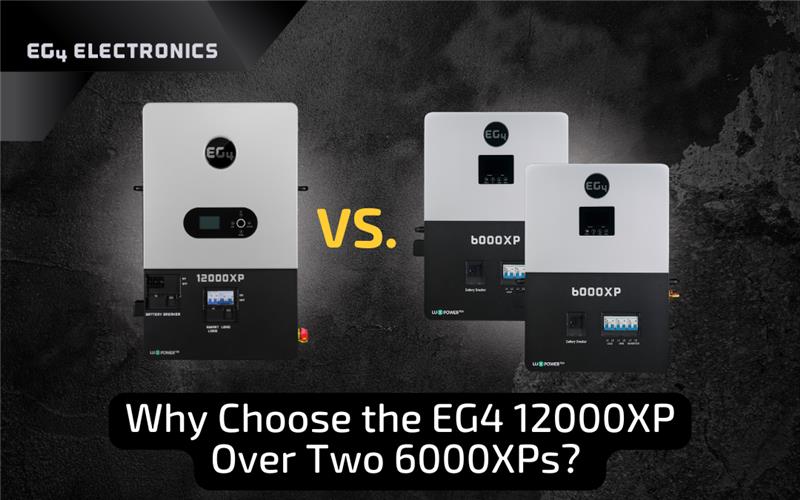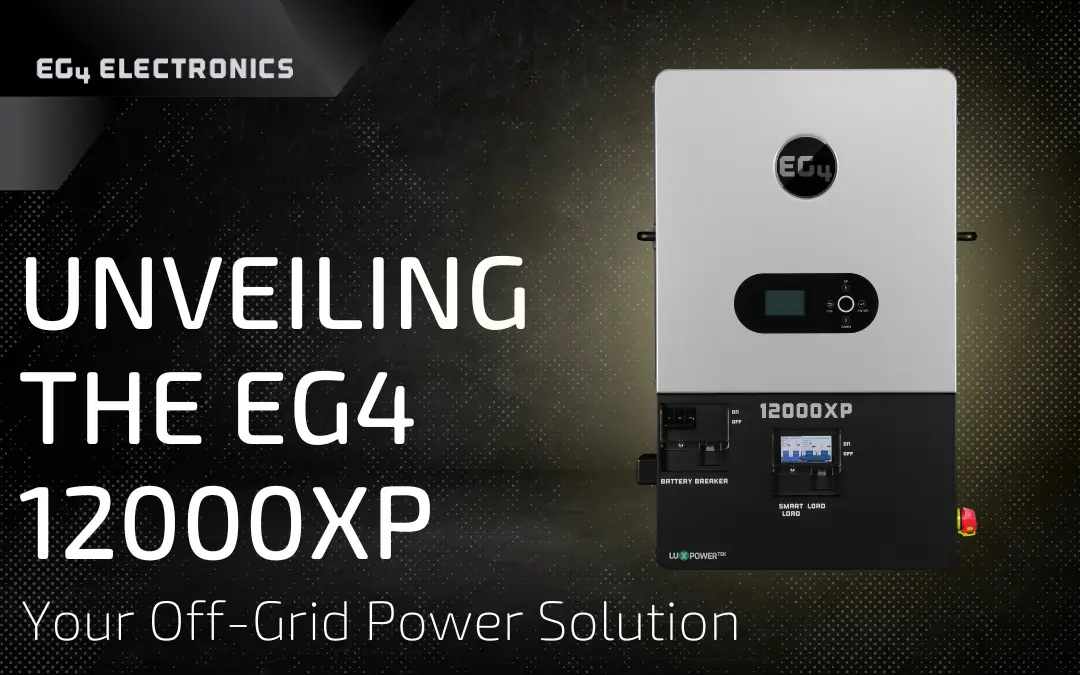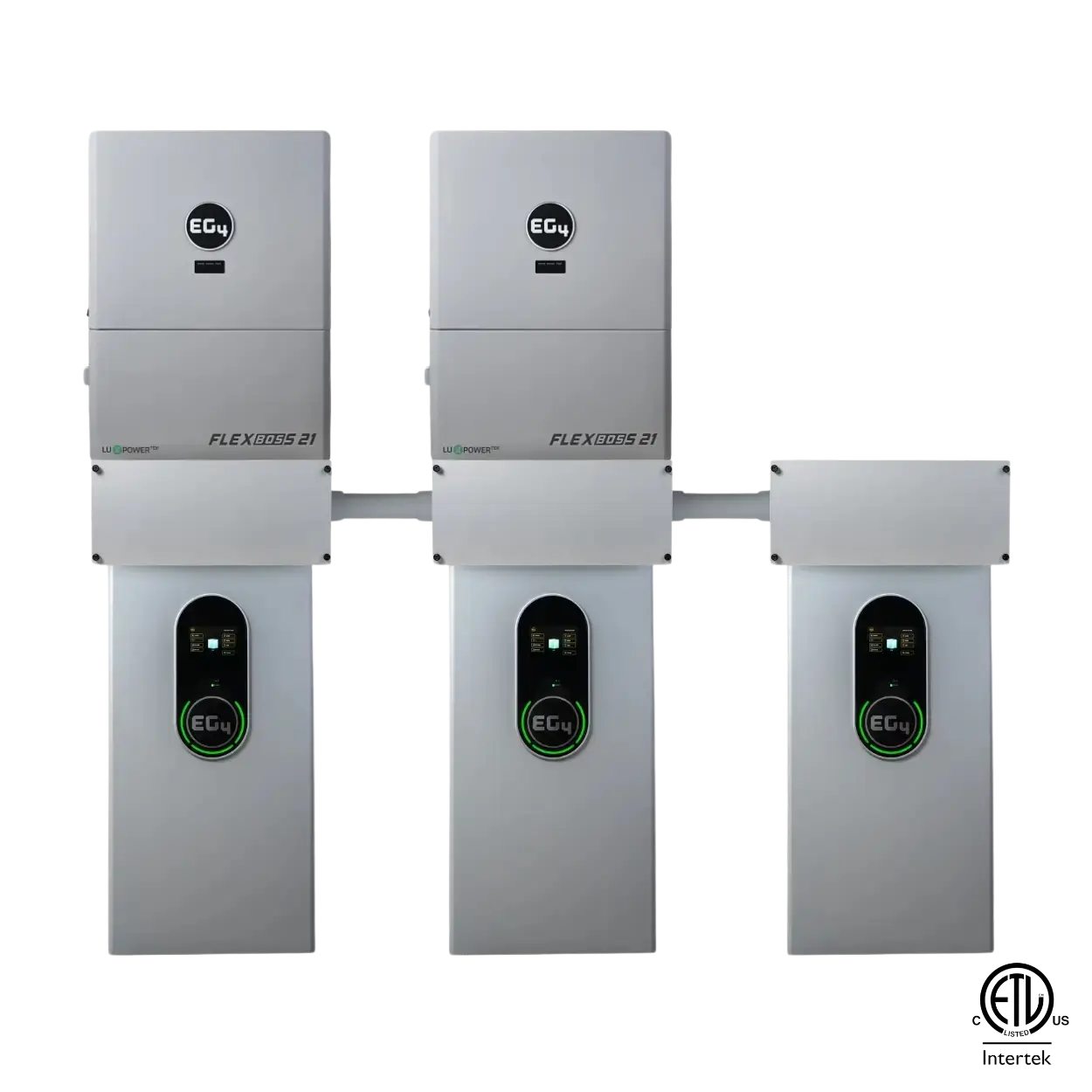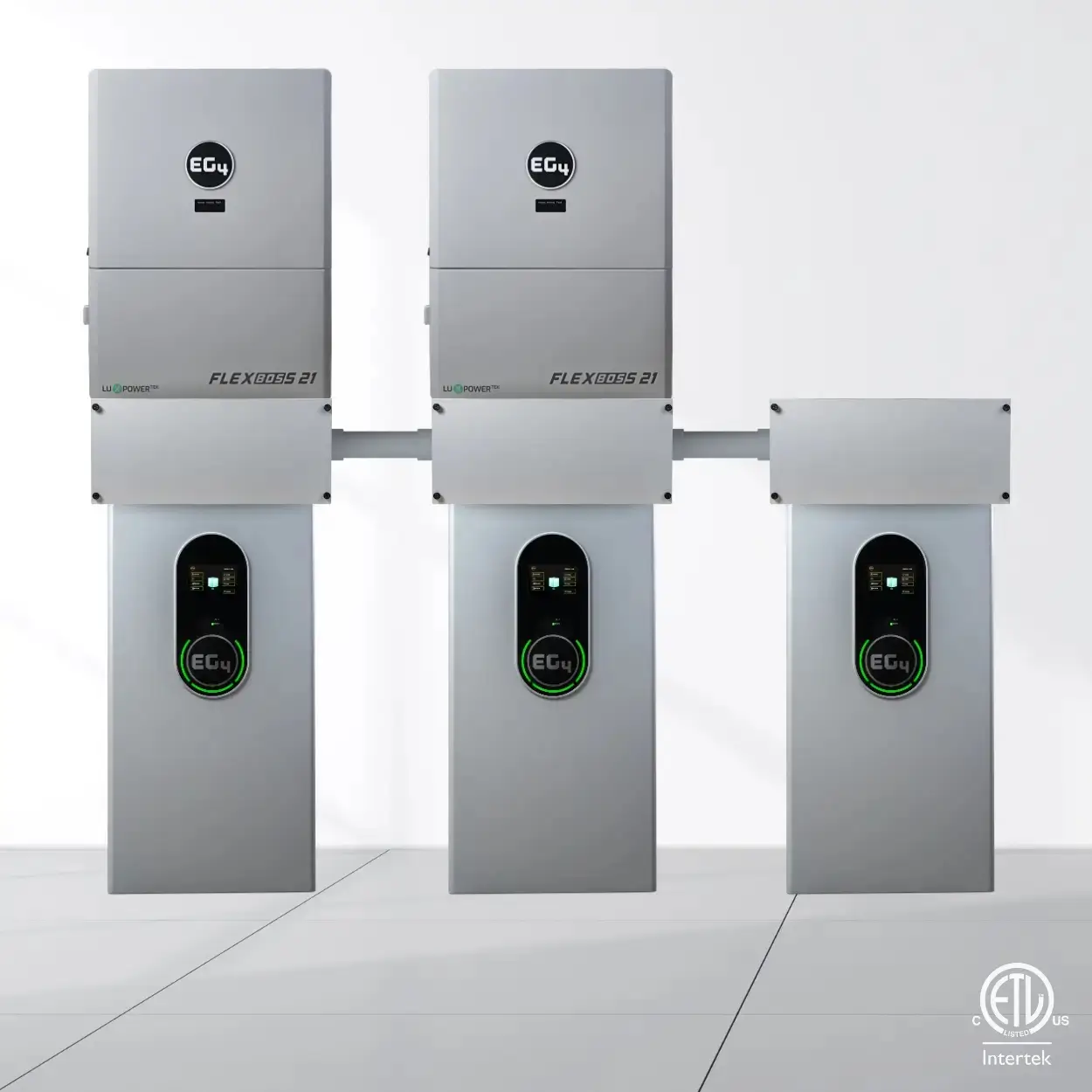EG4 FlexBOSS21 + 280Ah WallMount Indoor ESS
ESS
- Contact Support
EG4 FlexBOSS21 + 280Ah WallMount Indoor ESS
ESS
- UL 9540 Certified
The EG4® FlexBOSS21 280Ah WallMount Indoor Energy Storage System (ESS) ensures your home stays powered, no matter what the grid does. When a storm knocks out electricity, this system kicks in instantly, keeping your essentials—like your refrigerator or home office equipment—running smoothly. Its easy setup and built-in heating make it perfect for indoor spaces like utility rooms with little climate control.
Designed with installer expertise in mind, it offers powerful performance at a price that fits your budget. Monitor your system on your phone and expand it later if you need more power. Certified to UL 9540 standards, it’s a reliable choice for worry-free home backup.
Reliable Power:
Maintains critical loads during outages, supporting essential systems.
High Capacity:
Powers demanding appliances with up to 16kW output.
Versatile Design:
Supports on-grid and off-grid applications for maximum flexibility.
Simple Setup:
Plug-and-play installation saves time and effort.
Scalable Solution:
Add units to match your energy needs.
Remote Monitoring:
Stay informed with real-time performance tracking.
Certified Safety:
ETL listed to UL 9540 for trusted operation.
When configured as a UL 9540 certified ESS:
EG4 FlexBOSS21 Hybrid Inverter: UL 1741
EG4 WallMount Indoor 280Ah Battery: UL 1973, UL 9540A
Min Configuration: 1 EG4 FlexBOSS21 All-in-One Hybrid Inverter and 1 EG4 WallMount Indoor 280Ah Battery
Max Configuration: 3 EG4 FlexBOSS21 All-in-One Hybrid Inverters and 6 EG4 WallMount Indoor 280Ah Batteries
Total Output Power (kW): 16kW-48kW
Total Energy Capacity (kWh): 14.3-85.8 kWh
Additional capacity may be possible by spacing ESSs 3 ft apart per NFPA 855 and IRC R328 guidelines. Consult AHJ prior to installation for permissible configurations.
- EG4 FlexBOSS21 + 280Ah WallMount Indoor ESS
Showing results for
EG4 FlexBOSS21 + 280Ah WallMount Indoor ESS
Tagged Articles
- All Posts





